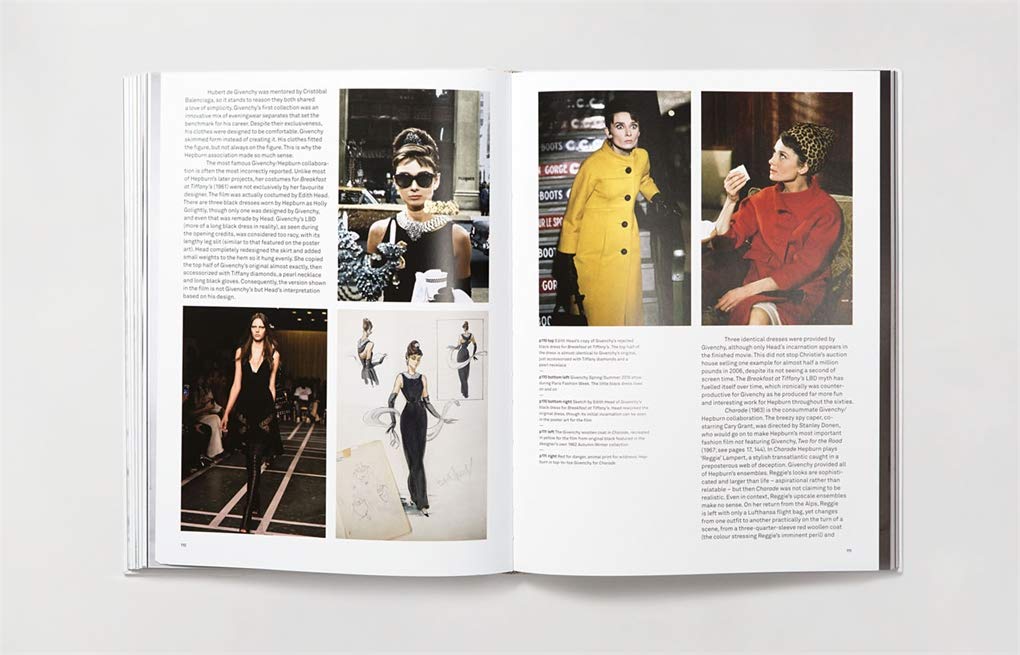In introducing his book, costume writer Lord Christopher Laverty poses an odd question. “Fashion in film – does it even exist?” might seem a rather strange way to introduce what is essentially an encyclopaedic deep-dive into that very subject. Everything about Laverty’s book, on the surface at least – from its title to subsequent 219-page examination of clothing across the history of the moving picture – appears to quickly and conclusively answer its own query.
And yet, its broad, matter-of-fact title tells only half the story. Fashion in Film, an updated version of Laverty’s book first published in 2016, offers an intriguingly holistic examination of the multi-faceted role of a garment on screen. Through a focus on fashion designers who’ve lent their talents to the silver screen – from the well-known (Gucci; Prada; Giorgio Armani) to the less well-known (Azzedine Alaïa; Banton; Diane von Fürstenberg) – Laverty presents a much wider assessment. His interest lies not simply with how costume elicits character and tone – or, equally, how character and tone reflects costume – but also how movies have influenced fashion trends just as much as fashion trends have informed movies.
Extensively researched and passionately articulated, Laverty charts the full history of the moving picture: from the silent era, through Hollywood’s ‘Golden Age’ to 21st Century cinema. In doing so, he plots interesting parallels between the classic and the contemporary: how, for instance, traces of a late ‘60s French-Italian psychological thriller can found in J.J. Abrams’s 2013 Star Trek reboot.
Evidently, Laverty, who has written regularly for the likes of Empire magazine, is as much a cinephile as he is a fashionista. With each section, he joyfully recounts the relationship between designer and director – the bond between fashion and film star – as well as a deeper contextual analysis of how clothing in film aligns with, and occasionally subverts, the emerging and re-emerging tastes of the period.
An impressively comprehensive reflection of its author’s knowledge and appreciation for the inherent relationship between two influential visual mediums, it’s hardly surprising that Fashion in Film itself is rather easy on the eye. Its pages are adorned with a vast array of film stills and fashion sketches that will only further whet the appetite of film and fashion historians alike.
If, however, there’s a limit to the book’s appeal, it lies in accessibility. For those less well-versed in the language of Norfolk half-belts and Nouveau pattern jackets, there’s a risk of occasionally feeling overwhelmed by jargon. Laverty is clearly an expert on all things costume and his writing here suggests that his reader should certainly be no novice.
Nevertheless, if your interest is piqued by talk of Audrey Hepburn, Hubert de Givenchy’s little black dress, or indeed both, Fashion in Film is a handy – not to mention trendy – little accessory.
Words by George Nash
Want more Books content from us? Click here!
